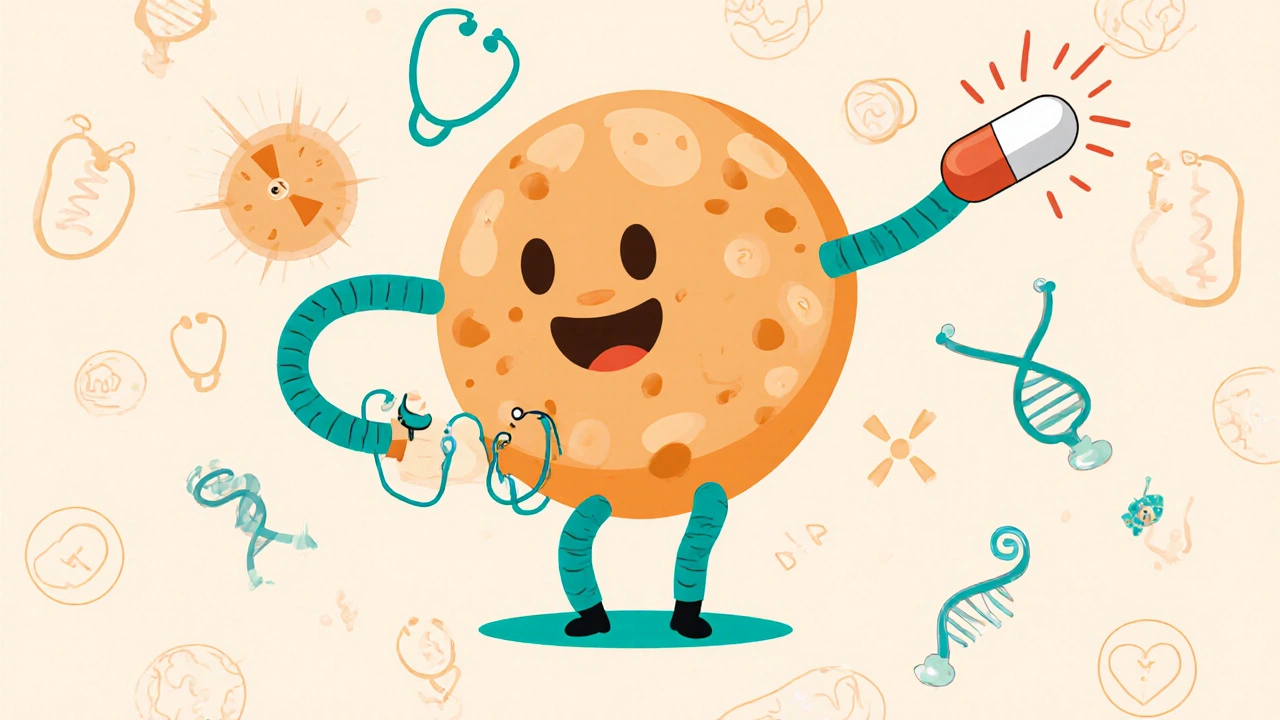Chemotherapy and Radiation: What You Need to Know About Cancer Treatments
When people hear chemotherapy, a type of drug treatment that kills fast-growing cells in the body, often used to treat cancer. Also known as chemo, it's one of the most common ways doctors fight cancer. radiation therapy, uses high-energy beams like X-rays or protons to destroy cancer cells in a targeted area. Also known as radiotherapy, it’s often used alongside chemo or after surgery. These two treatments aren’t magic bullets—they’re tools, sometimes harsh, that help stop cancer from spreading. But they also hit healthy cells, which is why side effects like fatigue, nausea, hair loss, and skin burns are so common.
People often think chemo and radiation are the same thing, but they work differently. Chemotherapy travels through your bloodstream, attacking cancer cells wherever they are. That’s why it’s used for cancers that have spread, like leukemia or lymphoma. Radiation therapy stays local—it’s focused on a tumor in the breast, lung, or prostate. You might get radiation once a day for weeks, while chemo could be given in cycles every few weeks. Both can be tough on the body, but they’re not always used together. Sometimes, one is enough. Other times, doctors combine them to boost results. What you get depends on the type of cancer, how far it’s gone, and your overall health. There’s no one-size-fits-all plan.
Many patients worry about long-term damage. Chemo can affect your heart, nerves, or fertility. Radiation might cause scarring in tissues or raise the risk of a second cancer years later. But these risks are weighed against the chance of survival. For many, the trade-off is worth it. What matters most is knowing what to expect, tracking symptoms, and asking for help when things get hard. Support doesn’t just come from doctors—it comes from nutrition, rest, physical therapy, and mental health care. The posts below give real, practical advice on managing side effects, understanding treatment schedules, and making smarter choices about care. You’ll find guides on what to eat during chemo, how to protect your skin during radiation, and what symptoms should never be ignored. This isn’t about theory. It’s about what works when you’re in the middle of treatment.

Chlorambucil and Radiation Therapy: How This Combination Fights Cancer More Effectively
Haig Sandavol Nov 1 8Chlorambucil and radiation therapy together offer a targeted, effective approach for certain slow-growing blood cancers. This combination improves remission rates with fewer side effects than aggressive chemo, making it ideal for older patients.
More Detail